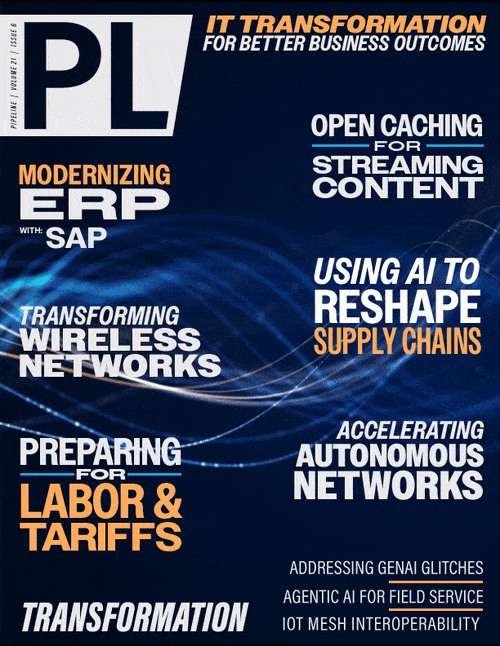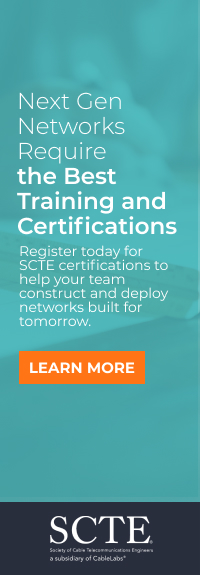How U.S. Manufacturers Are Combating
Labor Shortages in a Tariff-Driven Market
The Internet of Things (IoT) is another technological frontier that is modernizing manufacturing operations. By connecting machines, devices, and systems, IoT enables real-time monitoring of production processes, inventory levels, and equipment performance.
This connectivity not only enhances efficiency but also allows for more flexible and responsive manufacturing operations. In the context of labor shortages, IoT can help optimize workforce allocation by providing managers with real-time insights into where human intervention is most needed.
As manufacturers embrace these technologies, they are not only addressing immediate labor shortages but also positioning themselves for long-term success in an increasingly competitive global market. Adoption of advanced technologies is making U.S. manufacturing more attractive to a new generation of workers drawn to high-tech, innovative work environments. This shift is crucial for changing perceptions of manufacturing careers and attracting talent that might otherwise gravitate towards other sectors.
However, the technological shift of manufacturing is not without its challenges. The transition requires significant investment in both equipment and workforce development. Manufacturers must navigate the complexities of integrating new technologies into existing operations while ensuring that their workforce is equipped with the skills needed to operate in this new environment. This necessitates a comprehensive approach to workforce development that combines technical training with soft skills development.
The role of education and industry partnerships becomes critical in this context. Collaboration between manufacturers, educational institutions, and technology providers is essential to develop curricula that align with the evolving needs of the industry. Programs that combine classroom learning with hands-on experience using cutting-edge technologies can help create a pipeline of skilled workers ready to step into the manufacturing jobs of the future.
Reimagining Manufacturing with Tariffs Looming
Furthermore, the adoption of these technologies is not just about addressing labor shortages; it's about reimagining the manufacturing process itself. As tariffs and geopolitical factors drive an increased need for U.S. production of goods, the ability to leverage technology for efficient, flexible, and high-quality manufacturing becomes a competitive advantage. Manufacturers who successfully integrate these technologies can respond more quickly to market demands, customize products more easily, and maintain high quality standards even with a leaner workforce.
The impact of this technological shift extends beyond the factory floor. It has the potential to revitalize local economies, particularly in regions where manufacturing has traditionally been a key employer. By creating high-skilled, well-paying jobs, advanced manufacturing technologies can help retain talent in communities and attract new investment.
With the new, highly complex landscape of labor shortages and increasing demand, technology emerges as a powerful ally. The integration of AR/VR, automation, advanced robotics, AI, and IoT is not just filling a labor gap; it's catalyzing a manufacturing renaissance. This technological revolution is reshaping workforce dynamics, enhancing productivity, and positioning U.S. manufacturing for a future where innovation and adaptability are key to success. As the industry continues to evolve, those manufacturers who embrace these technologies and invest in their workforce's development will be best positioned to thrive in the competitive global marketplace.



















